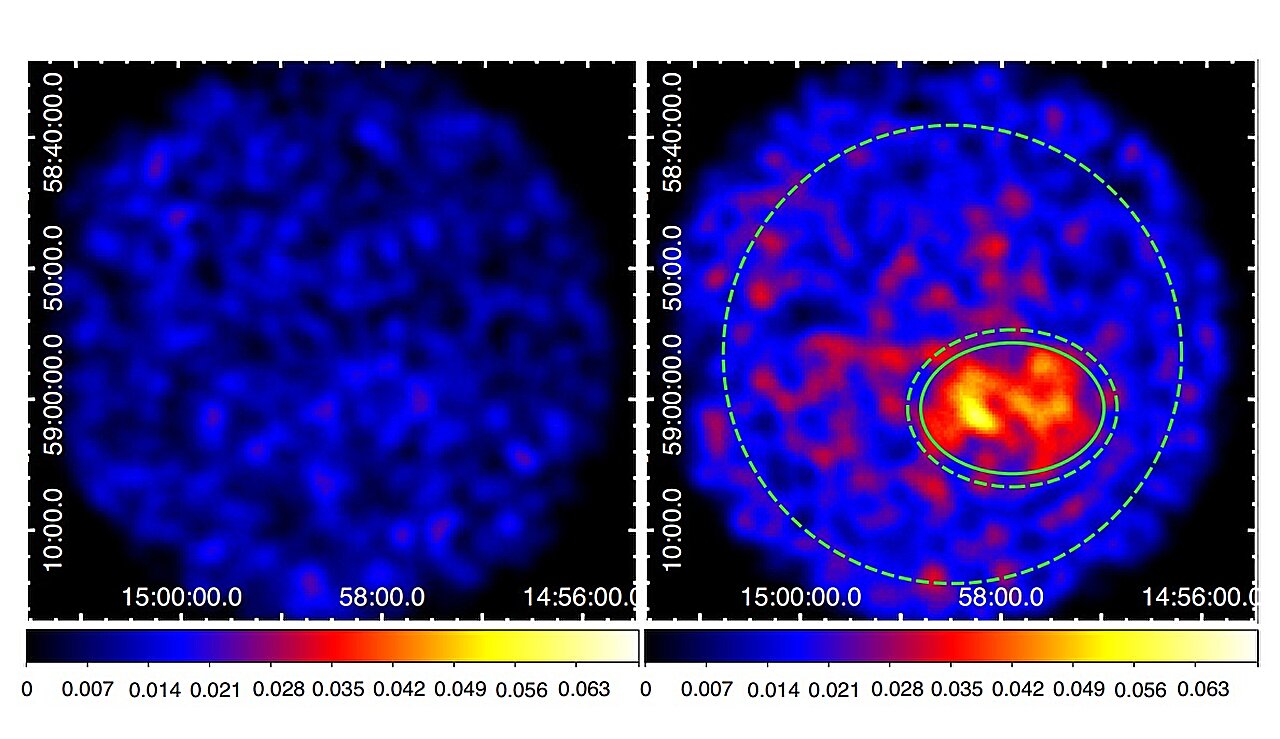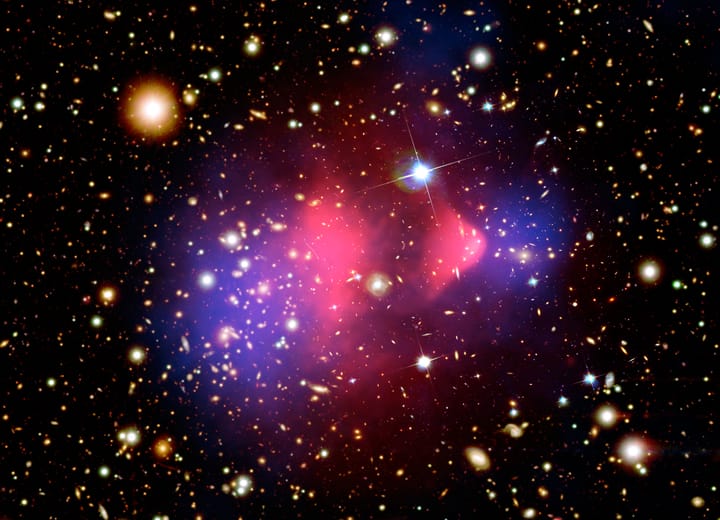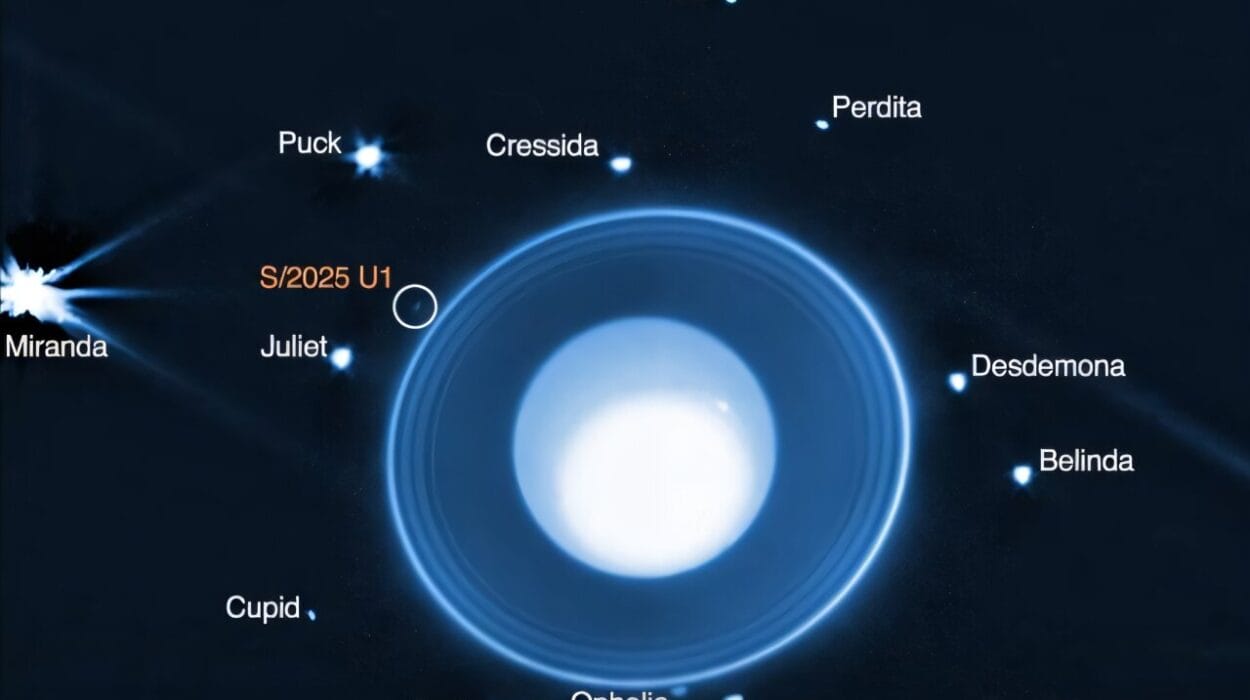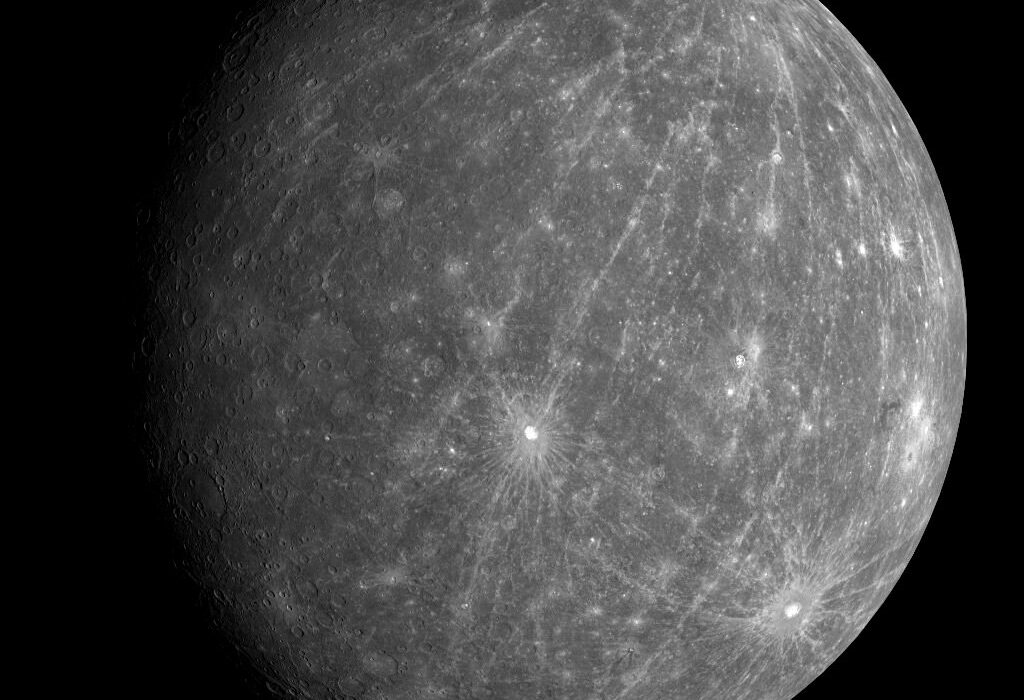Space, as vast and enigmatic as it is, holds many of its greatest secrets just out of view. Some are obscured by time, others by distance, and some—like the newly investigated X-ray source AX J145732−5901—are hidden behind the thick veil of our own galaxy. For decades, astronomers have struggled to peer through the dense matter of the Milky Way’s galactic plane, a bustling region cluttered with stars, gas, and dust. But thanks to advances in X-ray astronomy, a remarkable new chapter has just been written.
In a recently published study, a team of Japanese astronomers led by Shigeo Yamauchi of Nara Women’s University has confirmed that AX J145732−5901, once an enigmatic blur in X-ray surveys, is in fact a vast cluster of galaxies lurking far beyond our galactic neighborhood. The findings, published April 30 on the arXiv preprint server, are the result of careful reanalysis of archival data from ASCA and high-quality observations from the Suzaku satellite.
The revelation is not only a testament to the power of X-ray astronomy, but also a thrilling reminder of how much of the cosmos still lies hidden, waiting to be discovered.
A Mysterious Signal from the Shadows
AX J145732−5901 was first detected in 2001 during the ASCA Galactic plane survey. At the time, it was little more than a faint smudge in the X-ray sky—an “unidentified source” noted for being heavily absorbed and unusually extended in appearance. Its location in the dense galactic plane made it difficult to study, and no detailed spectral analysis had been performed to determine its true nature.
But its very characteristics hinted at something extraordinary. The object’s X-ray emission appeared unusually diffuse—suggestive of a massive, extended structure. Moreover, the source was heavily obscured by interstellar matter, implying that it lay well beyond the crowded outskirts of our galaxy. Some speculated that it might be a galaxy cluster, hidden behind the swirling fog of stars and dust that cloaks the galactic plane.
That speculation has now become certainty.
The Suzaku Satellite: A Window Through the Dust
Launched in 2005 by the Japan Aerospace Exploration Agency (JAXA), the Suzaku satellite was designed to investigate the high-energy X-ray universe with unprecedented clarity. Armed with sensitive instruments capable of peering through the murk of the Milky Way, Suzaku offered the ideal tool for revisiting mysterious sources like AX J145732−5901.
Yamauchi and his team turned to Suzaku’s observations of the Galactic ridge X-ray emission and the cosmic X-ray background—both key in understanding and correcting for the foreground “noise” that plagues observations along the galactic plane. Using this data, they reanalyzed ASCA’s original findings with fresh eyes, filtering out the distractions and focusing on the signal itself.
What they uncovered was astonishing.
A Colossal Structure, Hidden in Plain Sight
The Suzaku-enhanced analysis revealed that AX J145732−5901 is not a point source, but an extended region of X-ray emission measuring 14 by 10 arcminutes. When projected at the source’s estimated distance, this corresponds to a staggering 5.87 by 4.24 million light-years—far larger than a single galaxy and fully consistent with the size of a galaxy cluster.
The emission is elongated in the east-west direction and contains several local structures, a classic signature of a “merging” or “unrelaxed” cluster. In such clusters, multiple smaller galaxy groups are in the process of colliding and coalescing, creating complex, turbulent dynamics within their intracluster medium—the hot, X-ray-emitting gas that fills the space between galaxies.
Further clues came from the source’s spectral fingerprint. The X-ray spectrum exhibited a prominent emission line at 5.94 keV, associated with iron ions that are commonly found in hot plasma within galaxy clusters. But perhaps most compelling was the extraordinary absorption of the X-ray signal—equivalent to a hydrogen column density of 100 sextillion atoms per square centimeter. That’s many times greater than the galactic average, reinforcing the idea that the source lies far beyond the veil of our own galaxy.
Power and Distance: The Numbers Behind the Beast
Based on the X-ray spectral analysis, the team calculated AX J145732−5901’s X-ray luminosity to be approximately 2.6 × 10³⁹ watts (or 260 tredecillion erg/s) in the 1–10 keV energy band. This places the object among the brightest known extragalactic X-ray sources. Its estimated angular distance and redshift suggest that it lies between 1.43 and 1.8 billion light-years away—a colossal structure seen across a vast chasm of cosmic space.
The data also allowed researchers to estimate the cluster’s total gas mass, which they put at around 30 trillion solar masses. Given that gas typically makes up only about 15% of a galaxy cluster’s total mass, the full mass of AX J145732−5901 may exceed 200 trillion solar masses—making it one of the largest known structures in the universe.
The Importance of Seeing Through the Galactic Plane
The discovery of AX J145732−5901 is not just an isolated curiosity. It is part of a growing effort in modern astronomy to map the so-called “Zone of Avoidance”—a region of the sky obscured by the Milky Way’s disk where conventional optical surveys have long struggled to peer. Historically, this zone has been a blind spot for cosmic cartography, hiding potentially thousands of galaxies and clusters.
X-ray astronomy has become one of the most effective tools for breaking through this curtain. While visible light is blocked by dust and gas, X-rays—especially in the high-energy range—can pierce these clouds and reveal the universe beyond. Satellites like ASCA and Suzaku, and now newer instruments such as eROSITA and XRISM, are rewriting our understanding of the cosmic structure by unveiling hidden giants like AX J145732−5901.
A Dynamic Cluster in the Making
What makes AX J145732−5901 particularly fascinating is its unrelaxed, merging state. Galaxy clusters are not static; they grow through hierarchical merging, accreting smaller groups over billions of years. The turbulence of this process stirs up shockwaves and magnetic fields, heating the gas and sometimes even triggering star formation in previously dormant galaxies.
In such an environment, astronomers can study the physics of cosmic plasmas under extreme conditions, observe the behavior of dark matter during collisions, and test models of large-scale structure formation. The fact that AX J145732−5901 is undergoing such a transformation means it offers a valuable snapshot of cluster evolution in action—a living laboratory on a cosmic scale.
Looking Ahead: The Promise of Future Observations
Although Suzaku has since been decommissioned, its legacy lives on. The precise measurements it provided have made it possible to study faint and distant objects with clarity unmatched by many of its predecessors. But this discovery is likely just the beginning.
Next-generation X-ray observatories such as XRISM (X-ray Imaging and Spectroscopy Mission) and the upcoming Athena (Advanced Telescope for High ENergy Astrophysics) are poised to take this work even further. With greater resolution, sensitivity, and energy range, these missions will help astronomers uncover more clusters hidden behind the galactic plane and provide detailed maps of their internal structure.
AX J145732−5901 is no longer just an “unidentified X-ray source.” It is a titanic cluster of galaxies, bursting with energy, and caught in the act of cosmic evolution. Its unveiling is a powerful reminder that even in regions of the sky once thought impenetrable, the universe continues to surprise and inspire.
Conclusion: A Window into the Unknown
The confirmation of AX J145732−5901 as a massive, merging galaxy cluster behind the galactic plane is more than just an astronomical milestone—it is a symbolic victory in humanity’s quest to understand the cosmos. It shows that with the right tools, patience, and insight, even the most hidden corners of the universe can be illuminated.
As telescopes and satellites become more sophisticated, and as our ability to interpret data continues to improve, discoveries like this will become more frequent. Each one adds a new piece to the cosmic puzzle and brings us one step closer to a complete picture of the universe’s grand design.
Hidden behind billions of stars, shrouded in clouds of dust, AX J145732−5901 waited patiently for its story to be told. Thanks to the work of Japanese astronomers and the power of X-ray vision, that story has now begun to unfold.
Reference: Shigeo Yamauchi et al, A new candidate of a cluster of galaxies behind the Galactic plane, AX J145732-5901, arXiv (2025). DOI: 10.48550/arxiv.2504.21238






